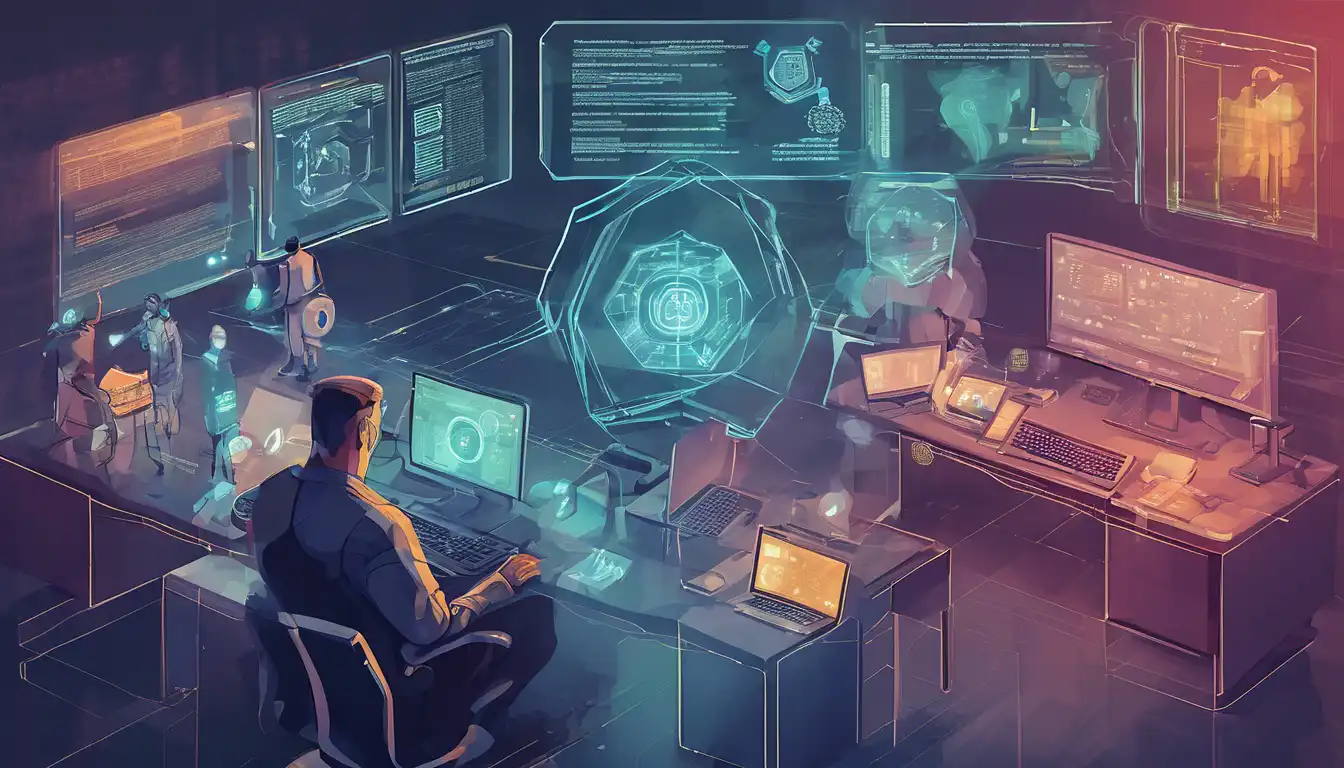Introduction to Modern Cybersecurity Defense
In the ever-evolving digital landscape, cybersecurity defense mechanisms are constantly being updated to counteract the sophisticated tactics of cybercriminals. As we move further into 2023, several key trends have emerged, shaping the way organizations protect their digital assets. This article delves into the latest strategies and technologies that are setting the standard for cybersecurity defense.
Zero Trust Architecture
One of the most significant shifts in cybersecurity defense is the adoption of Zero Trust Architecture (ZTA). Unlike traditional security models that operate on the assumption that everything inside an organization's network can be trusted, ZTA requires verification from everyone trying to access resources on the network, regardless of whether they are within or outside of the organization's perimeter. This approach minimizes the chances of unauthorized access and lateral movement within the network.
Artificial Intelligence and Machine Learning
Artificial Intelligence (AI) and Machine Learning (ML) are playing pivotal roles in enhancing cybersecurity defenses. These technologies enable the analysis of vast amounts of data to identify patterns and predict potential threats before they occur. AI-driven security systems can adapt to new threats in real-time, offering a dynamic defense mechanism that traditional security measures cannot match.
Cloud Security Posture Management
With the increasing adoption of cloud services, Cloud Security Posture Management (CSPM) has become a critical component of cybersecurity defense. CSPM tools help organizations identify and rectify misconfigurations and compliance risks in their cloud environments, ensuring that their cloud infrastructure is secure against potential breaches.
Enhanced Phishing Defense Mechanisms
Phishing attacks continue to be a major threat to organizations worldwide. In response, cybersecurity defenses have evolved to include more sophisticated email filtering technologies, employee training programs, and real-time alert systems to detect and prevent phishing attempts before they can cause harm.
Conclusion
The landscape of cybersecurity defense is rapidly changing, with new technologies and strategies being developed to combat the increasingly sophisticated tactics of cybercriminals. By staying informed about these trends and implementing the latest defense mechanisms, organizations can significantly enhance their security posture and protect their digital assets from potential threats.
For more insights into protecting your digital environment, explore our technology section for the latest updates and strategies.
